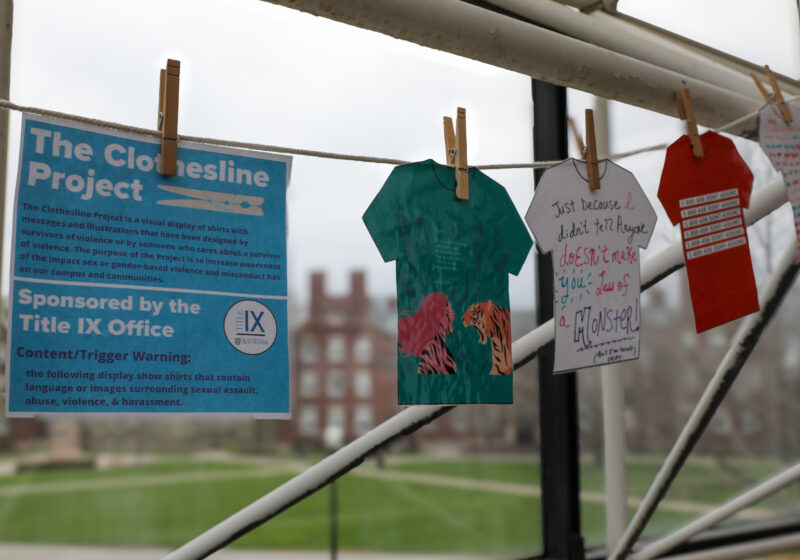Works by Eastman School of Music professor Carlos Snchez-Gutirrez were performed on Sunday in Kilbourn Hall as part of Eastman’s Faculty Artist Series. Attendees traveled down to Eastman in spite ofw the bleak Rochester weather that compels one to remain in bed – especially on a Sunday afternoon – to listen to performances of Snchez-Gutirrez’s unique compositions by Eastman students and various guest performers.
Born in Mexico City, Snchez-Gutirrez studied music at Guadalajara University. He has also received degrees from the Peabody Conservatory, Yale University and Princeton University. Snchez-Gutirrez has held teaching positions at Yale and San Francisco State University and currently teaches composition at the Eastman School of Music.
He has received numerous accolades for his compositions from various international institutions and organizations.
The features most attributed to Snchez-Gutirrez’s music are its rhythmic intensity and its almost primitive feel. Clay Greenberg, an instructor of musicology at Eastman, conducted the program’s final piece “M.E. in Memoriam.”
“Working with Carlos [for the first time] was a wonderful experience,” Greenberg said. He enjoyed conducting and putting together Snchez-Gutirrez’s music.
Rhythmic features in Snchez-Gutirrez’s music were very obvious throughout the performances of his various works. Snchez-Gutirrez indeed pushed each of the instruments, including the voices in his short choral works, to strive for a percussive element in their playing and created a certain sense of tension in the almost-erratic assemblage of notes. All of the instruments were driven to their potentials in this aspect. The flutes and clarinets, in many instances, produced a very staccato, airy sound that was almost reminiscent of the pan flute.
In “Mano a Mano,” many of the keys that Christina Valds’ fingers played seemed less like chords and more like clusters of different notes that jarred the piece along.
“The music [of Snchez-Gutirrez] is very challenging,” Greenberg said. “[It] also seems to be sort of invisibly connected to something outside the idiom, perhaps popular and folk music of Mexico.”
Even in one of the more “melodic” sections of “Mano a Mano” the descending and ascending intervals of notes, along with the rhythm, seemed a bit reminiscent of the 6/8 mariachi-style of a popular song, “Guadalajara.” But perhaps that’s just based on the influence of this writer, who was raised around mariachi pieces like these.
In many of the instrumental pieces, the fast-moving licks also seemed to resonate a theme in Snchez-Gutirrez’s music of a meticulously crafted piece.
At times, it seemed as if one would be able to hear some binary code that was being processed by thousands of computers and microchips. The effect was almost equivalent to that of a digital processor.
With so many varying effects and subtle nuances that may lie within the pieces, Snchez-Gutirrez’s works seem like layers of various compiled elements. Greenberg equates the difficulty a performer faces in playing his music with putting the various parts of a jigsaw puzzle together in such a way that they fit perfectly.
Figueredo can be reached at ofigueredo@campustimes.org.
